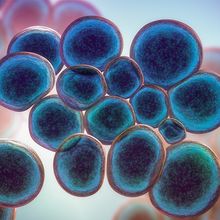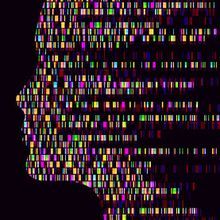evolution
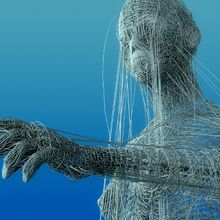
Ancient Alleles Shed Light on Atherosclerosis Risk
Iris Kulbatski, PhD | Apr 19, 2024 | 5 min read
Calculating the polygenic risk scores of ancient humans such as Ötzi the iceman helps researchers understand the genetic predisposition to cardiovascular disease.
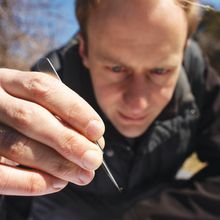
CRISPR Gene Drives and the Future of Evolution
Hannah Thomasy, PhD | Mar 15, 2024 | 10+ min read
Genetic engineering pioneer Kevin Esvelt’s work highlights biotechnology’s immense potential for good—but also for catastrophe.

The Scientist Speaks Podcast – Episode 6
The Scientist | 1 min read
A Game of Cancer and Evolution
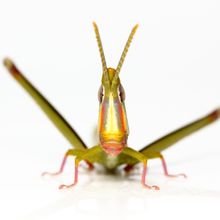
Why Do Male Organisms Exist?
Hannah Thomasy, PhD | Mar 1, 2024 | 2 min read
Some species of lizards, grasshoppers, and crustaceans have adopted a ladies-only lifestyle.
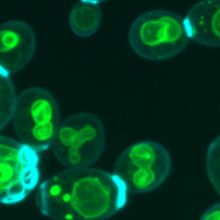
Yeast Made to Harvest Light Hint at Evolution’s Past
Kamal Nahas, PhD | Feb 21, 2024 | 6 min read
Scientists transferred light-harvesting proteins into yeast for the first time, shining a light on the past lives of eukaryotic cells.
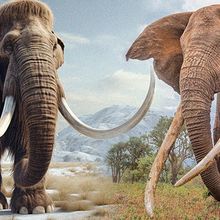
Measuring Mammoth Mutations
Hannah Thomasy, PhD | Dec 1, 2023 | 2 min read
Comparing mammoth and elephant genomes revealed genetic mutations that may have helped mammoths survive in the Arctic.
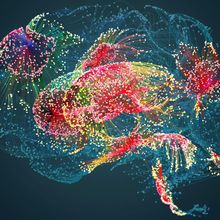
What Was the First Animal to Evolve a Brain?
Ida Emilie Steinmark, PhD | Sep 1, 2023 | 1 min read
In the absence of a precise definition of brain, pinning down its origins is difficult. But scientists have a theory.
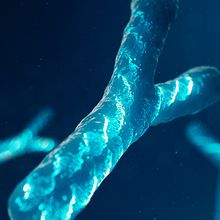
Closing the Gaps in the Human Genome: Why Y Was the Final Hurdle
Kamal Nahas, PhD | Aug 28, 2023 | 4 min read
For two decades, scientists struggled to fully sequence the Y chromosome. Finally, researchers have mapped its full length thanks to recent advances in sequencing technology.
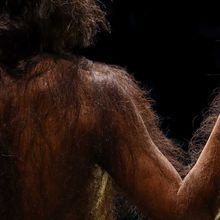
Why Don’t Humans Have Fur?
Mariella Bodemeier Loayza Careaga, PhD | Aug 1, 2023 | 2 min read
Humans are often referred to as “hairless apes.” But how did this trait evolve given that fur provides significant advantages to many mammals?
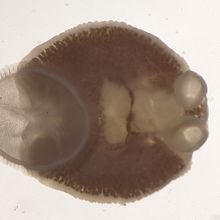
Ecologists Use Museum Specimens to Dig into the Parasitic Past
Ian Rose | Mar 1, 2023 | 4 min read
New techniques to quantify what lived in and on preserved animals throw light on how parasite abundance has changed over time.
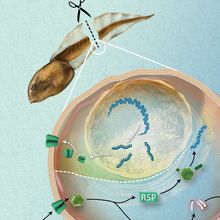
Infographic: How Tadpoles Use Glucose to Fuel Tail Regrowth
Natalia Mesa, PhD | Mar 1, 2023 | 1 min read
Unlike other fast-growing cells, regenerating tadpole cells fuel growth using the pentose phosphate pathway rather than glycolysis, a study indicates.
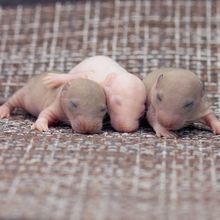
Mice Pass Epigenetic Tweaks to Pups
Katherine Irving | Feb 17, 2023 | 5 min read
An engineered methylation pattern persisted for four generations of mice, demonstrating transgenerational epigenetic inheritance can occur in mammals.
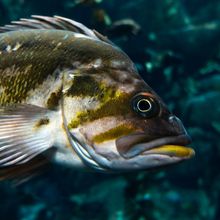
Rockfish Genes Hold Clues to Human Longevity
Natalia Mesa, PhD | Jan 12, 2023 | 3 min read
By analyzing the genomes of 23 remarkably long-lived fish species, a study found two metabolic pathways associated with longevity.
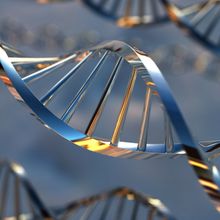
Humans Are Still Evolving Thanks to Microgenes
Natalia Mesa, PhD | Jan 4, 2023 | 3 min read
A study sheds light on the tiny genes that have evolved in human genomes since we split from our mammalian ancestors.
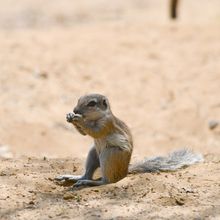
Animals Are Shape-Shifting in Response to a Warming World
Andy Carstens | Jan 3, 2023 | 10 min read
Forced to respond to a climate that’s changing faster than it ever has, it remains unclear whether species’ adaptations can keep pace.
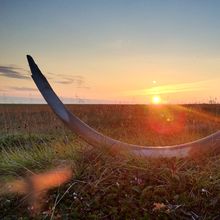
Woolly Mammoth Genomes Reveal Genetic Adaptations to Cold
Hannah Thomasy, PhD | Dec 12, 2022 | 2 min read
Researchers identified mutations in genes that may be involved in fat regulation, fur growth, and morphology.
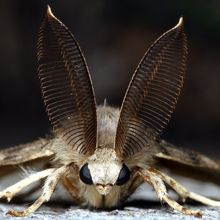
Many Moths Speak Up to Ward Off Bats
Connor Lynch | Dec 1, 2022 | 5 min read
A decade-long, multicontinent study suggests that acoustic defense strategies are more common among moths than previously imagined.
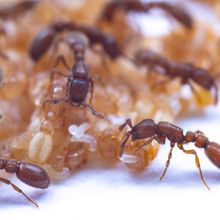
Ant Pupae Feed Adults, Larvae with Secreted Liquid
Viviane Callier | Nov 30, 2022 | 4 min read
The molting fluid of ant pupae functions as “metabolic currency” in the ant colony and may have enabled the evolution of eusociality.
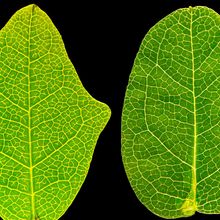
Can Plants See? In the Wake of a Controversial Study, the Answer’s Still Unclear
Christie Wilcox, PhD | Nov 30, 2022 | 10+ min read
A tiny pilot study found that so-called chameleon vines mimicked plastic leaves, but experts say poor study design and conflicts of interest undermine the report.
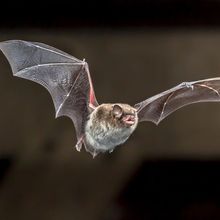
Duplicated Gene Helps Bats Survive “Arms Race” With Viruses
Dan Robitzski | Nov 23, 2022 | 5 min read
Bats are known for staying healthy even while harboring viral infections. Now, research sheds light on how their unusual immune system evolved.


